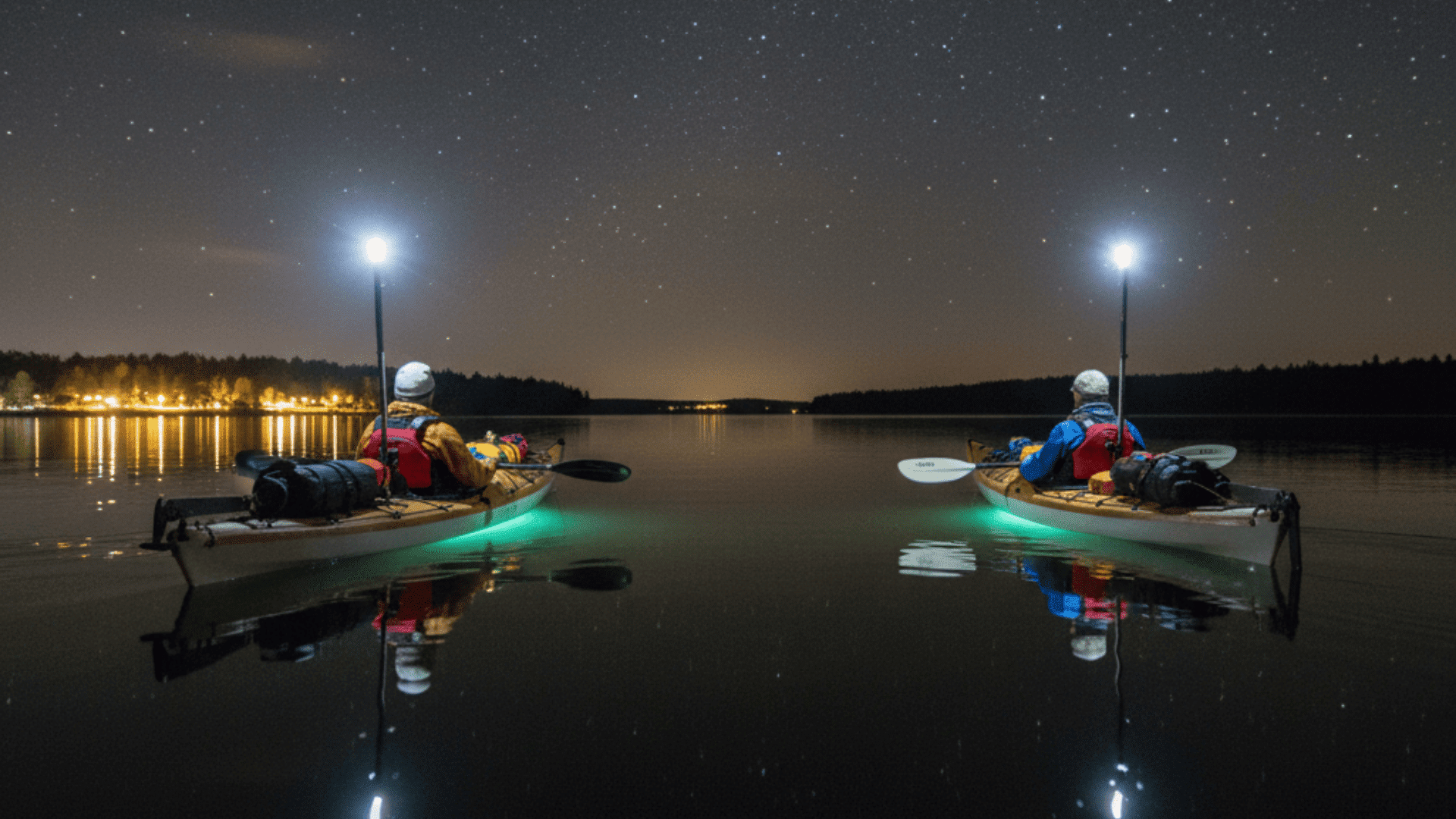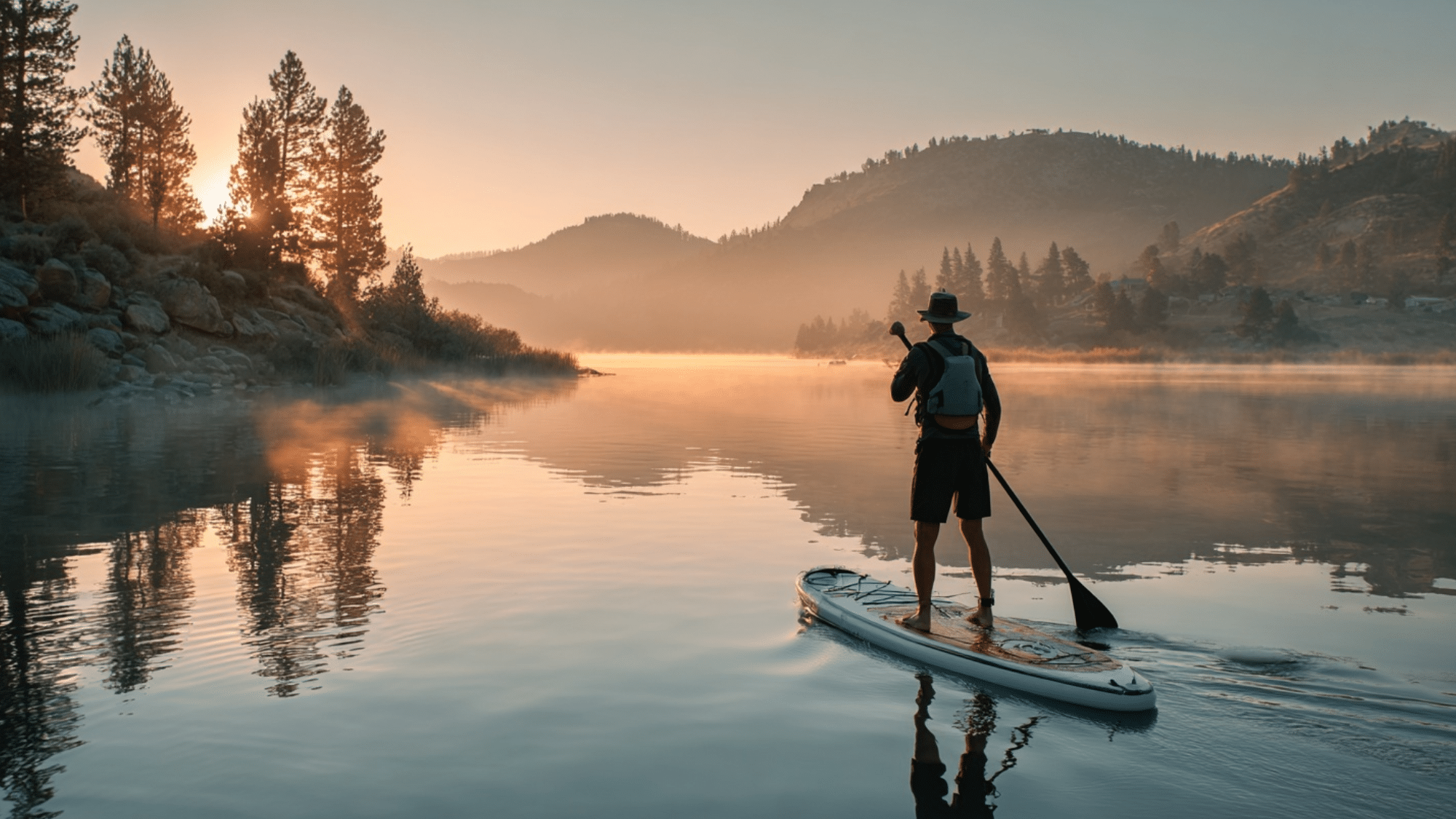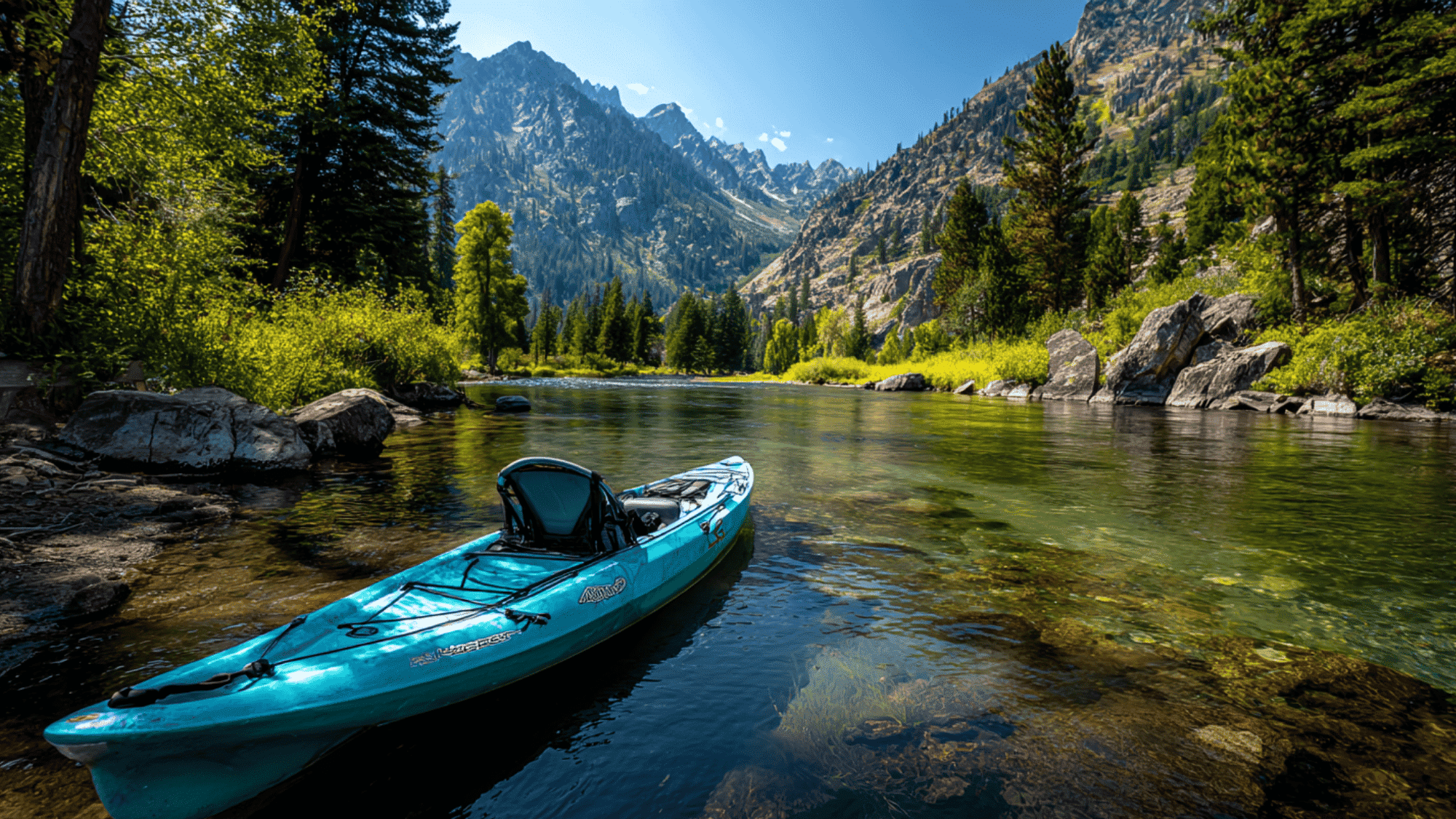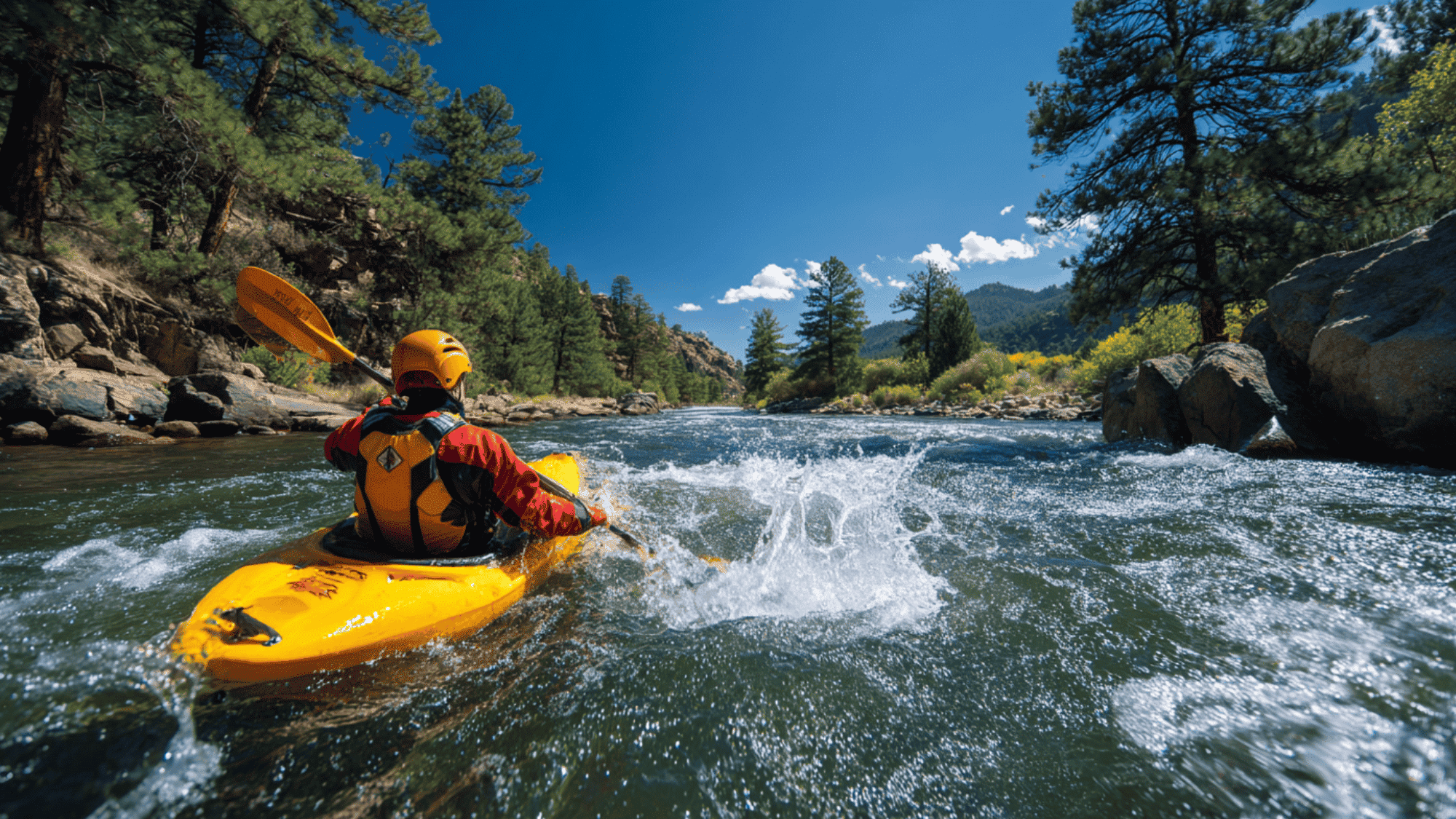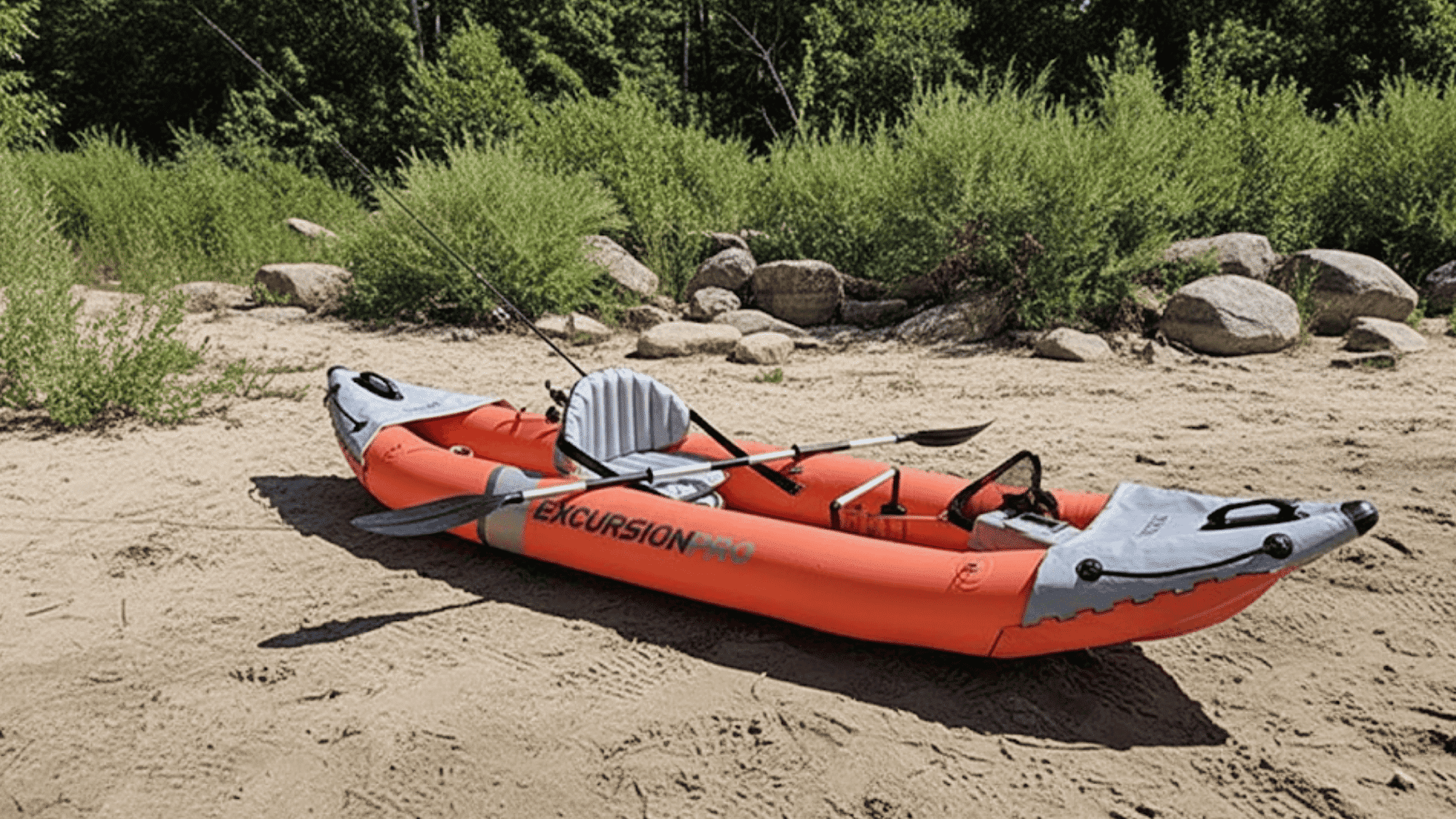Two canoe hulls lashed together with coconut fiber rope. A woven pandanus sail catching Pacific trade winds. Star patterns were memorized across generations of ocean voyagers.
This simple technology carried entire families 2,400 miles across open water – from Hawaii to Tahiti, from Samoa to New Zealand.
While Europeans hugged coastlines, Polynesian navigators used double-hulled canoes to settle islands scattered across one-third of Earth’s surface.
Between 1000 BCE and 1200 CE, these vessels transported not just people but pigs, dogs, taro plants, and cultural knowledge to remote Pacific islands.
Every major island group from Easter Island to New Zealand traces its settlement to seafaring peoples in double-hulled canoes.
The Ancient Origins of Double-Hulled Canoes
3000 BCE: The first double-hulled vessels appear in Southeast Asia, likely developed by the Lapita people who would become the ancestors of Polynesians.
1500-1000 BCE: Lapita navigators refine the twin-hull design while island-hopping through Melanesia. Two parallel canoe hulls connected by crossbeams create unprecedented stability for ocean voyaging.
1000 BCE-100 CE: Polynesian settlers carry double-hulled canoe technology across the central Pacific. Each hull measures 50-100 feet long, with platforms spanning the gap to hold families, livestock, and supplies for months at sea.
800-1200 CE: The design reaches its peak during the Great Pacific Migrations. Master craftsmen in Hawaii, Tahiti, and Fiji build vessels capable of carrying 20-30 people plus cargo across 2,000+ mile voyages.
1769: Captain James Cook’s crew encounters double-hulled canoes in New Zealand waters. British naval officers document vessels over 100 feet long, noting their superior seaworthiness compared to European ships of similar size.
How to Build Traditional Double-Hulled Canoes
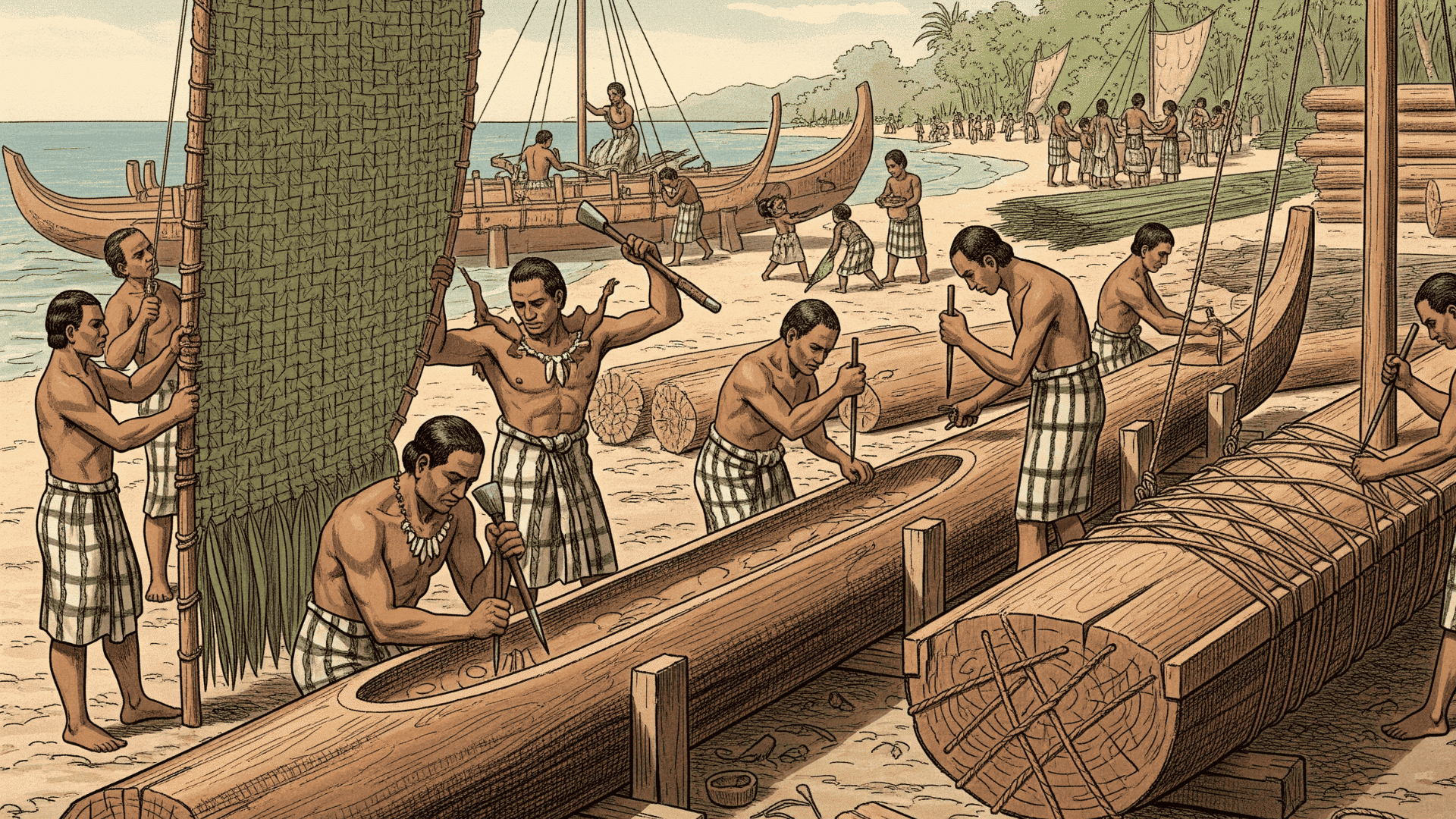
Creating a double-hulled canoe was serious business. Builders used koa wood, which is strong and resists water damage.
They tied everything together with natural fibers instead of using nails or screws. The sails were made from woven pandanus leaves, creating a tough fabric that could catch the wind.
Traditional Materials Used
| Material | Purpose |
|---|---|
| Koa wood | Strong and water-resistant hull material |
| Natural fibers | For lashing and binding components |
| Woven pandanus leaves | For sail construction |
| Organic resins | For waterproofing joints |
The Sacred Building Process
But building wasn’t just about putting wood together. It involved sacred rituals and ceremonies. The whole community would participate. Knowledge about canoe building passed from grandparents to parents to children, like a family recipe that never gets written down.
Every part of the process had meaning:
- Choosing the right tree
- Cutting the wood with ceremony
- Assembling pieces with community involvement
- Blessing the finished vessel
The canoe builders weren’t just craftsmen; they were keepers of ancient wisdom.
Cultural Significance of Double-Hulled Canoes in Pacific Islands
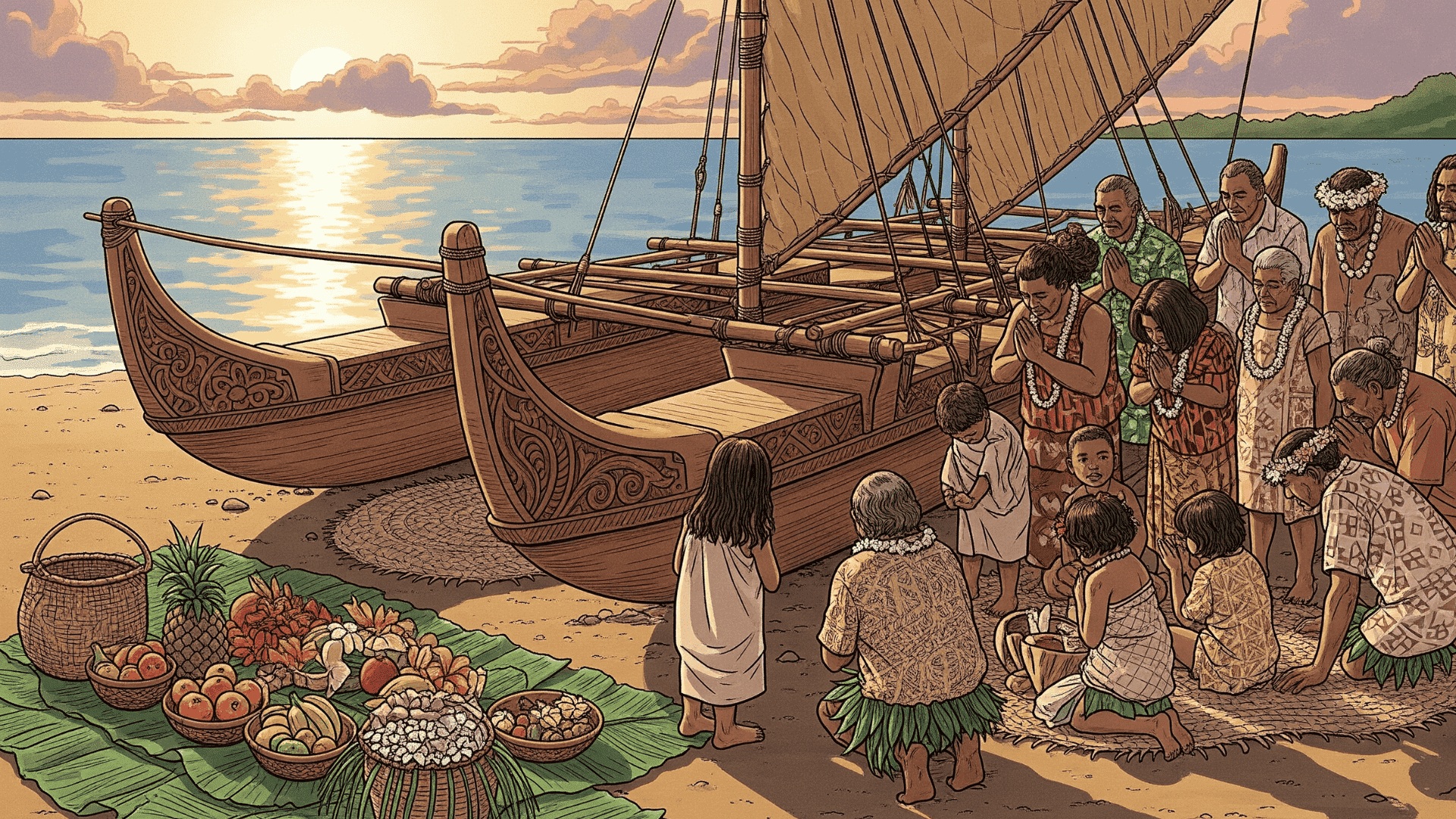
These canoes meant everything to Pacific Island cultures. They weren’t just boats – they were symbols of identity, community, and connection to ancestors.
When families left their home islands to find new places to live, these boats carried their entire lives.
1. The Role of Hōkūleʻa
In Hawaiian culture, canoes became especially important during cultural revival movements. A famous canoe called Hōkūleʻa helped bring back traditional knowledge that was almost lost.
This boat showed modern Hawaiians how their ancestors had navigated the oceans using only natural signs.
2. Spiritual and Community Functions
Beyond transportation, double-hulled canoes served as sacred vessels that bound communities together.
Construction required entire villages to participate in selecting trees, preparing materials, and performing blessing ceremonies that could last months.
Each completed canoe carried the mana (spiritual power) of ancestors and became a living link between the physical and spiritual worlds.
When families sailed to new islands, they weren’t just moving households – they were extending their ancestral presence across the ocean, carrying forward genealogies, creation stories, and cultural practices that defined their identity.
Ancient Navigation Techniques Without Modern Technology
Here’s where things get really amazing. The people who sailed these canoes could navigate across thousands of miles of open ocean without any modern instruments. No GPS, no compass, no maps as we know them.
1. Traditional Wayfinding Methods
Instead, they used natural navigation techniques:
- Star patterns – Celestial navigation using constellations
- Ocean swells – Reading wave patterns and currents
- Wind directions – Understanding seasonal wind changes
- Bird behavior – Following seabirds to find land
- Cloud formations – Spotting land-reflecting clouds
- Water color changes – Identifying shallow areas near islands
2. The Historic Hōkūleʻa Voyage
Imagine trying to sail from Hawaii to Tahiti – about 2,400 miles – using only what you could see in the sky and feel in the water. These navigators, called wayfinders, could do exactly that.
Hōkūleʻa proved this was possible. In 1976, this traditional double-hulled canoe sailed from Hawaii to Tahiti using only ancient navigation methods.
The voyage was a huge success and sparked new interest in traditional Pacific Island culture.
Modern Revival of Double-Hulled Canoe Culture
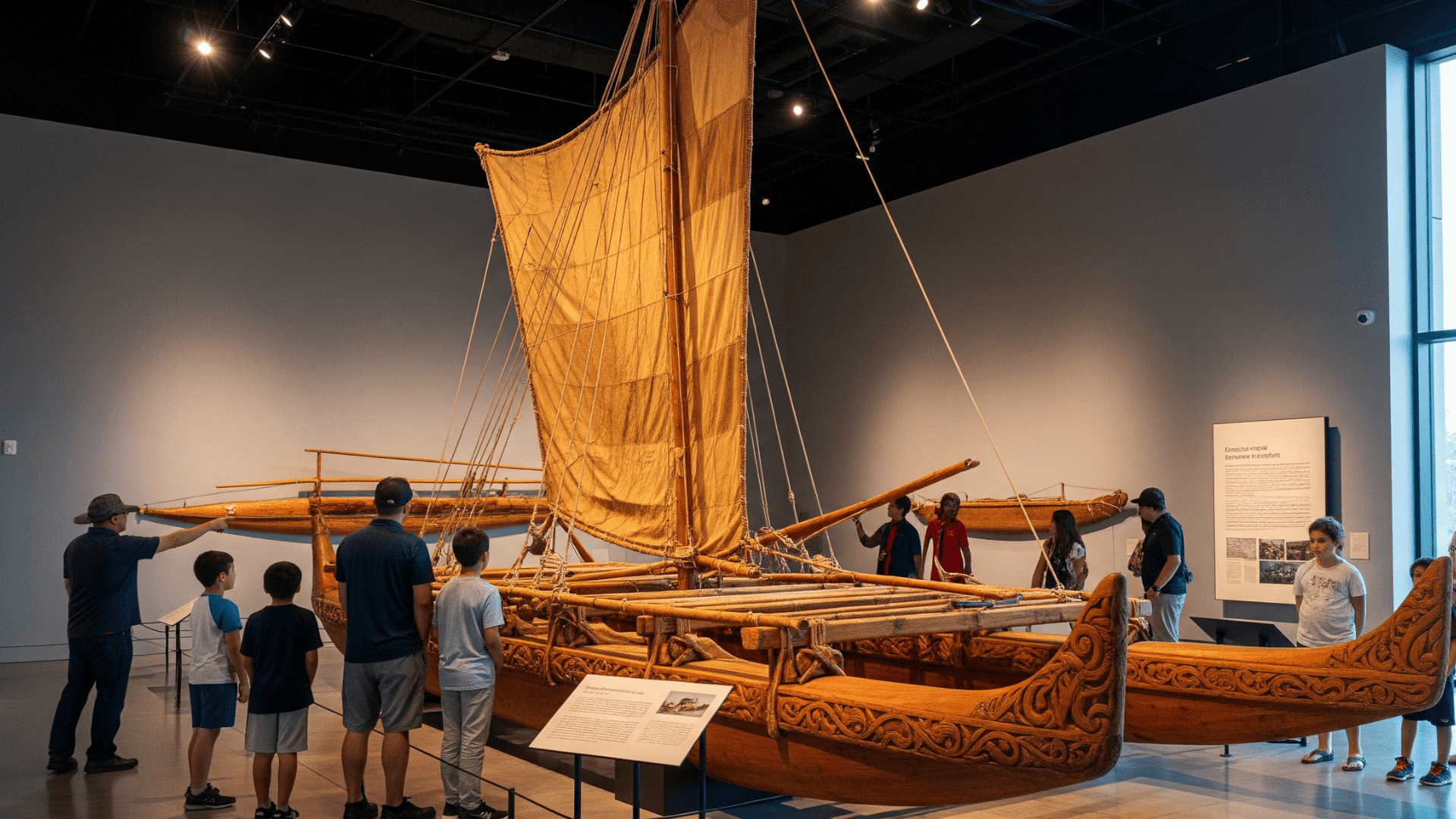
In 1976, Hōkūleʻa’s successful voyage from Hawaii to Tahiti using only traditional navigation sparked a Pacific-wide renaissance.
What began as one experimental journey has grown into dozens of community programs teaching ancient canoe-building and wayfinding skills across Polynesia.
1. Cultural Renaissance and Education
Pacific Island communities are rebuilding traditional double-hulled canoes to reconnect younger generations with their maritime heritage.
In Hawaii, programs like the Polynesian Voyaging Society train teenagers in ancient construction techniques, from selecting koa wood to lashing hulls with natural cordage.
These hands-on projects strengthen cultural identity while preserving knowledge that nearly disappeared during colonial periods.
Racing events across Polynesia now draw thousands of participants, transforming traditional voyaging skills into community celebrations that span generations.
2. Environmental and Academic Applications
Modern canoe builders use their vessels as floating classrooms for ocean conservation. Research expeditions collect data on marine ecosystems while following traditional navigation routes, combining indigenous knowledge with contemporary science.
Universities partner with Pacific communities to document construction techniques and navigation methods, ensuring this knowledge survives in academic archives.
Environmental groups organize voyages to raise awareness about ocean plastic pollution and climate change impacts on island nations.
3. Museums and Cultural Tourism
Double-hulled canoes now anchor exhibits in maritime museums worldwide, from the Bishop Museum in Honolulu to the Smithsonian in Washington D.C.
Cultural centers offer visitors hands-on experiences in traditional sailing and navigation, though communities carefully balance accessibility with cultural sensitivity.
Documentary films and tourism programs generate revenue for island communities while sharing Polynesian maritime achievements with global audiences.
However, many indigenous leaders emphasize the importance of maintaining authentic representation and including native voices in how their heritage is presented to outsiders.
The Enduring Legacy of Traditional Pacific Vessels
Double-hulled canoes represent one of humanity’s greatest achievements in boat design and ocean exploration.
These vessels carried entire civilizations across the world’s largest ocean. They connected scattered islands and helped create the rich cultures we see in the Pacific today.
Lessons for Today
More importantly, they remind us of human ingenuity and courage. When faced with vast oceans, ancient peoples didn’t see barriers – they saw opportunities.
Today, these canoes continue to teach us valuable lessons:
- Community cooperation – The importance of working together
- Traditional knowledge – How ancient wisdom complements modern understanding
- Environmental respect – Sustainable relationships with nature
- Cultural preservation – Protecting indigenous heritage and practices
The next time you see a picture of a double-hulled canoe, remember: you’re looking at a vessel that changed the world.
These boats didn’t just cross oceans – they connected cultures, preserved knowledge, and inspired generations of explorers. That’s a legacy worth celebrating and protecting.
Call to Action
Double-hulled canoes transformed the Pacific Ocean from an endless barrier into a connected highway for human civilization.
These vessels carried not just people, but languages, agricultural knowledge, and cultural traditions that shaped entire island societies.
From ancient wayfinding techniques that rival modern GPS to construction methods that required no metal fasteners, Polynesian maritime technology represents one of humanity’s greatest achievements in ocean exploration.
Have you ever seen a double-hulled canoe in person?
Share your experience in the comments below, or visit your local maritime museum to witness these extraordinary vessels up close and support Pacific Island cultural preservation efforts.





